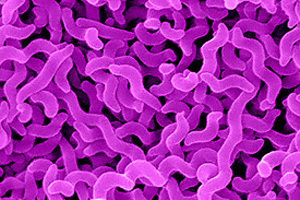UK poultry industry discusses Campylobacter strategy

The NFU welcomed over a hundred poultry producers, retails, processors and industry experts to discuss Campylobacter in the UK poultry sector.
“This is not only a UK problem it is the most common food-borne illness across Europe,” began Francisco Javier Dominguez Orive, deputy veterinary director and head of strategy, Food Standards Agency (FSA). Cases in Europe are estimated at nine million per year with an associated cost of €2.4 billion.
The FSA has a clear strategy to reduce contamination which includes plans to support and address regulatory barriers, research and drive changes in consumer behaviour and prevention of carcass contamination in slaughterhouses. The target is to reduce the high level contamination by 17% (to 10%) by 2015 from the levels of 2008 (high = >1000 campylobacter cfu/g). But progress to date has been minimal.
The target set by the FSA was done so with biosecurity and processing improvements and interventions researched and proven to reduce Campylobacter.
Mary Howell, Meat Hygiene, FSA, presented research which has shown that consistent application of biosecurity for housed birds particularly at the entrance has reduced the risk of Campylobacter by 50%. Other research introduced by Jane Downes, an Independent Veterinary Consultant, has proven to have seasonal improvements with regard to bacteria levels when each shed on farm is treated independently with regard to biosecurity.
Alongside the CamCon project (EU €3 million 5 year project into Campylobacter), studies by the retailers into effective leak proof packaging and processor work on rapid surface cooling all this research is providing advice and guidance which will allow the FSA targets for Campylobacter to be met.













